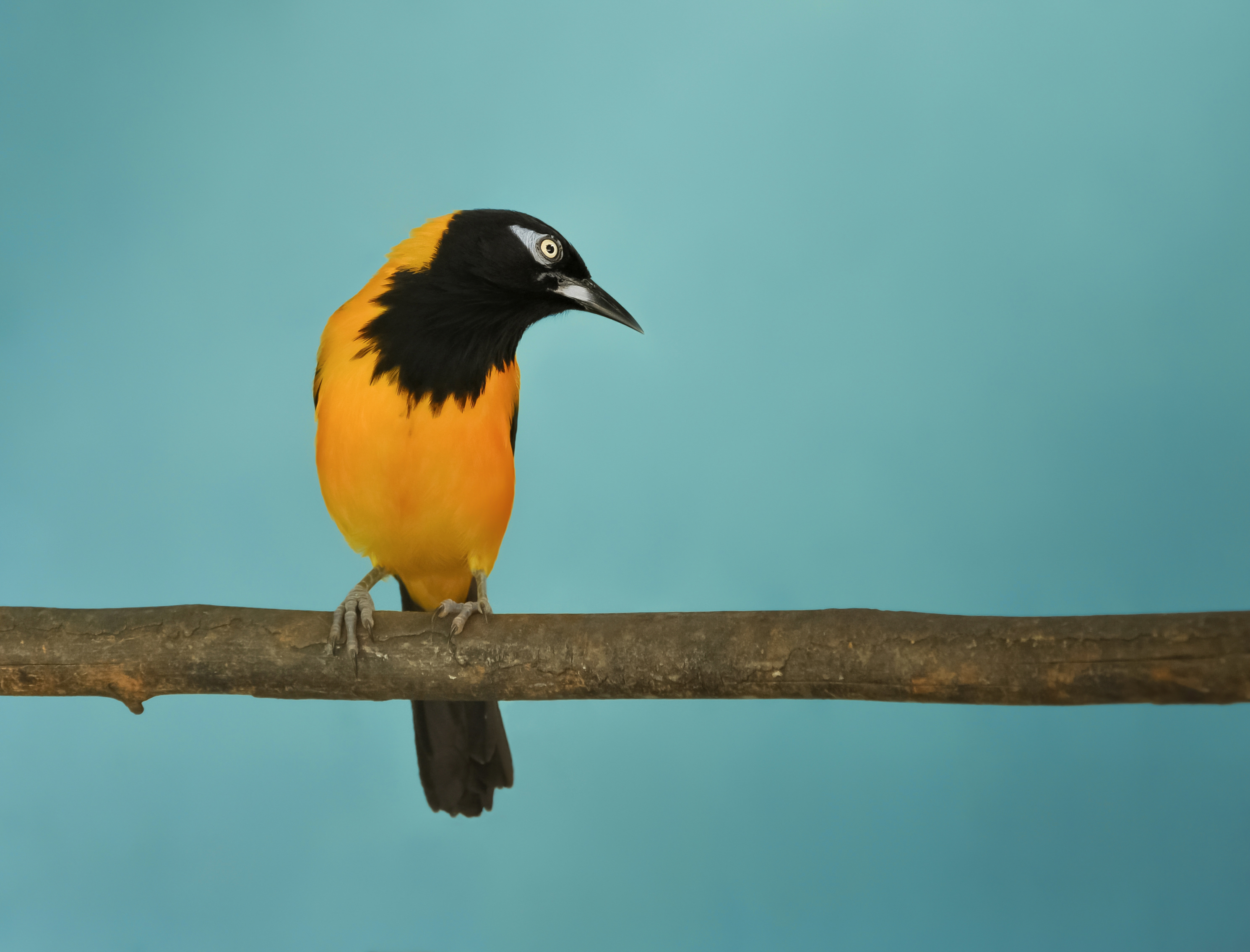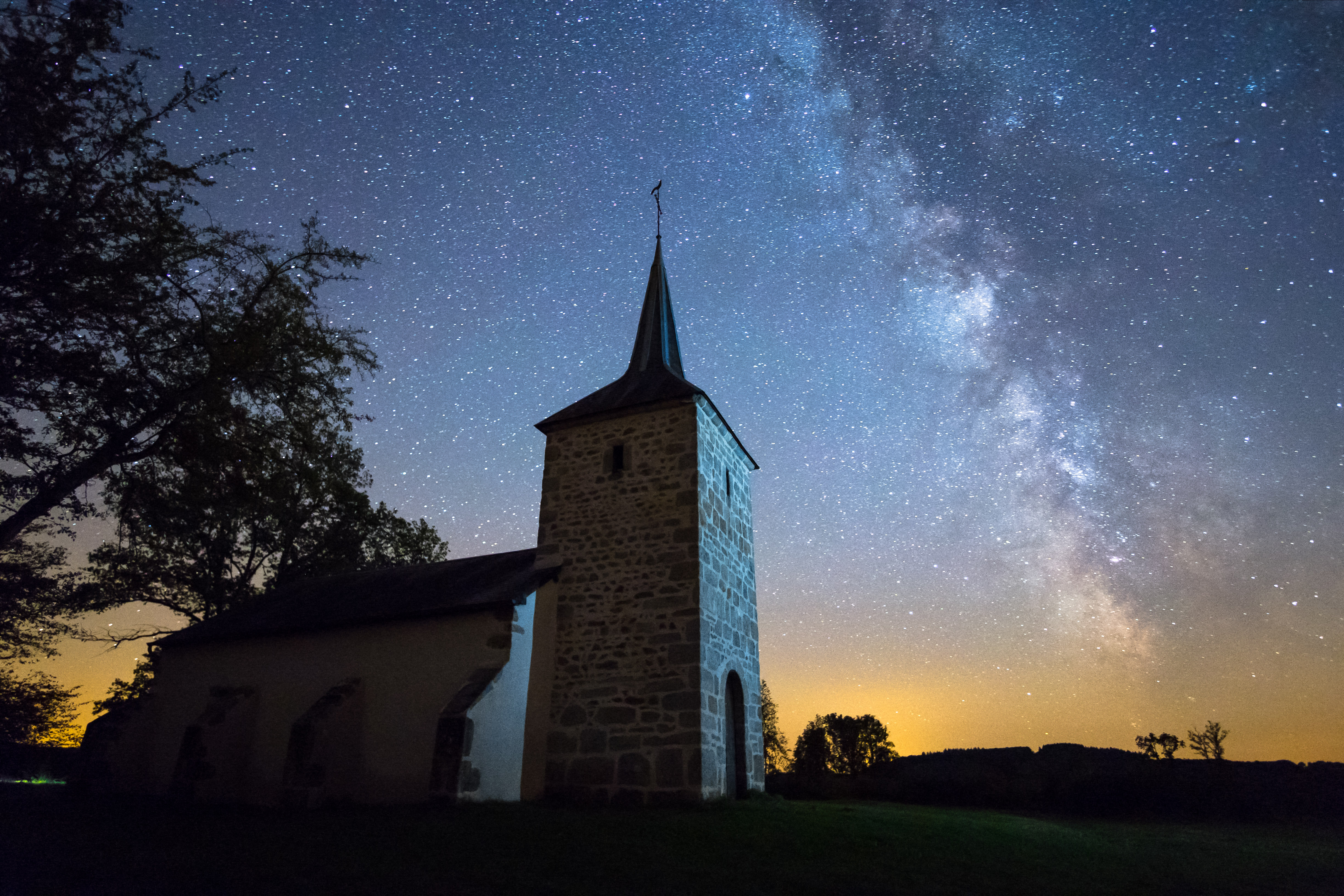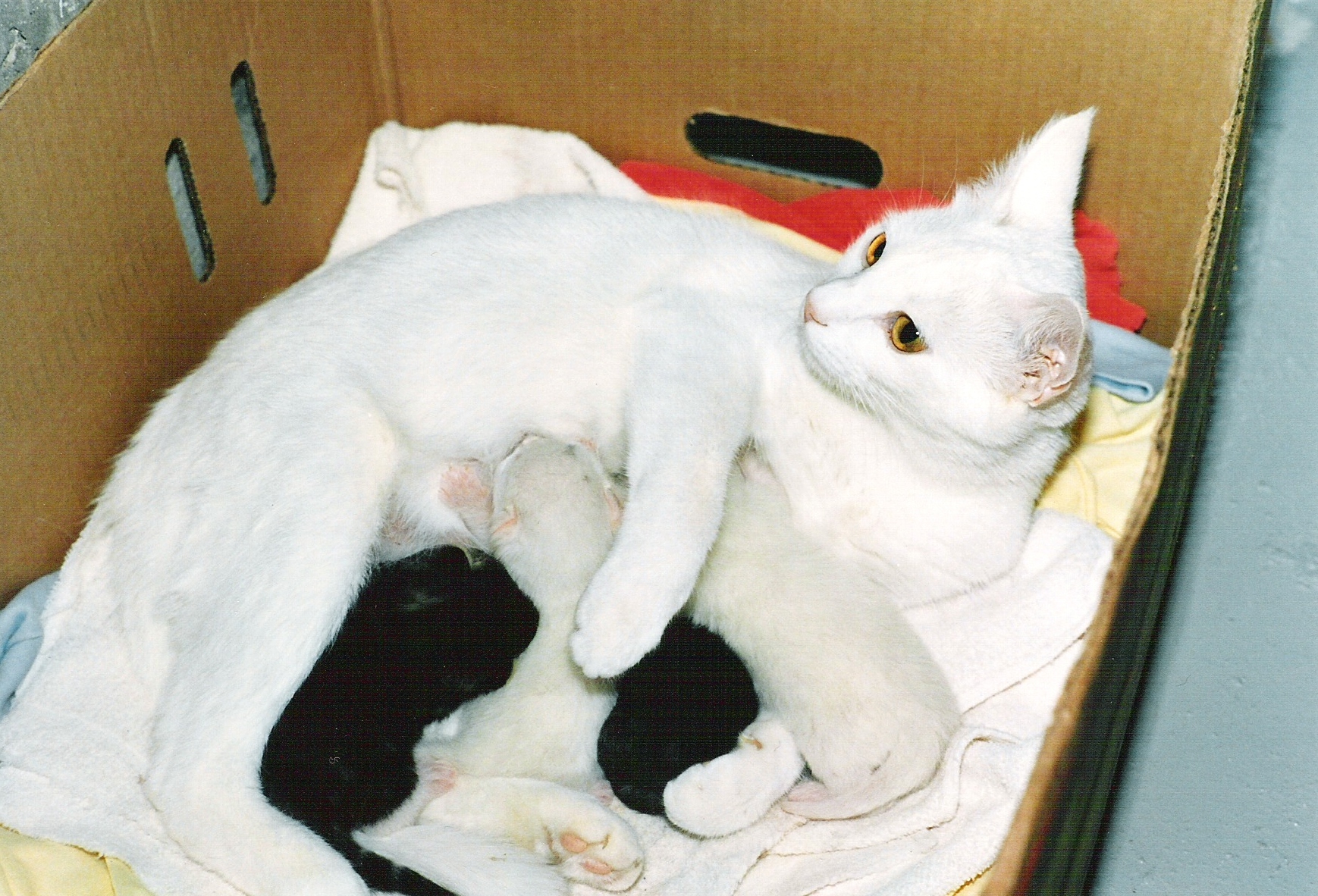|
Gray-handed Night Monkey
The gray-handed night monkey (''Aotus griseimembra'') is a species of night monkey formerly considered a subspecies of Gray-bellied night monkey of the family Aotidae. Its range consists of parts of Colombia and Venezuela. The exact classification of the gray-handed night monkey is uncertain. While some authors consider it a subspecies of the gray-bellied night monkey, ''A. lemurinus'', other authors consider it a separate species, ''A. griseimembra''. In Colombia, its range consists of the northern portion from the Sinú River (or perhaps further east) to the Venezuelan border, including the Sierra Nevada de Santa Marta and the Magdalena River, Cauca River and Sao Jorge River valleys. In Venezuela, it is found to the west and south of Maracaibo. The gray-handed night monkey is a relatively small monkey, with males weighing approximately and females weighing about . It has short, tight fur. The fur on the back ranges from grayish brown to reddish brown. The belly is yellow ... [...More Info...] [...Related Items...] OR: [Wikipedia] [Google] [Baidu] |
Marwell Wildlife
Marwell Zoo is a zoo situated in Colden Common near Winchester, in the English county of Hampshire. It is owned and run by the registered charity Marwell Wildlife. The zoo is home to over 500 animals of 145 species. The charity undertakes a range of educational and conservation activities, with a particular focus on Africa in addition to work from its base. History The zoo was founded by Dr John Knowles, opening in 1972. He sold a Rolls-Royce of his to buy some zebras. It was one of the earliest zoos in Europe to place an emphasis on animal conservation. Within a few years of its establishment, it became an important breeding centre for several species, some (e.g. the Mongolian wild horse) already extinct in the wild, others (e.g. the snow leopard and Siberian tiger) close to extinction. The park is situated in the estate of Marwell Hall, a Grade I listed building originally built around the year 1320 by Walter Woodlock and largely rebuilt in 1816 by William Long. In the 16t ... [...More Info...] [...Related Items...] OR: [Wikipedia] [Google] [Baidu] |
Nocturnal
Nocturnality is a ethology, behavior in some non-human animals characterized by being active during the night and sleeping during the day. The common adjective is "nocturnal", versus diurnality, diurnal meaning the opposite. Nocturnal creatures generally have highly developed senses of hearing (sense), hearing, olfaction, smell, and specially adapted eyesight. Some animals, such as ferrets, have eyes that can adapt to both low-level and bright day levels of illumination (see metaturnal). Others, such as bushbaby, bushbabies and (some) bats, can function only at night. Many nocturnal creatures including tarsier, tarsiers and some owl, owls have large eyes in comparison with their body size to compensate for the lower light levels at night. More specifically, they have been found to have a larger cornea relative to their eye size than diurnal creatures to increase their : in the low-light conditions. Nocturnality helps wasps, such as ''Apoica flavissima'', avoid hunting in intens ... [...More Info...] [...Related Items...] OR: [Wikipedia] [Google] [Baidu] |
Mammals Of Venezuela
The fauna of Venezuela consists of a huge variety of animals. Venezuela's diverse wildlife includes manatees, Amazon river dolphins, and Orinoco crocodiles, which have been reported to reach up to in length. Some 23% of reptilian and 50% of amphibian species that inhabit the country are endemic to Venezuela. Overall, around 8,000 species (the world's 5th highest total) are endemic to the country. Venezuela hosts a total of 1,417 bird species, more than 351 mammals, 341 reptiles, 315 amphibians and more than 2,000 freshwater and marine fishes. Invertebrates groups have not been inventoried exhaustively, but among the well known groups there are around 900 species of marine molluscs, 1,600 butterflies, over 120 dung beetles species and 39 species of blowflies.Capelo, Juan C., Buitrago, Joaquín. 1998: Distribución geográfica de los moluscos marinos en el oriente de Venezuela. Memoria de la Sociedad de Ciencias Naturales La Salle, LXIII(150):109-160 Birds There are 1,416 bird ... [...More Info...] [...Related Items...] OR: [Wikipedia] [Google] [Baidu] |
Mammals Of Colombia
A mammal () is a vertebrate animal of the Class (biology), class Mammalia (). Mammals are characterised by the presence of milk-producing mammary glands for feeding their young, a broad neocortex region of the brain, fur or hair, and three Evolution of mammalian auditory ossicles, middle ear bones. These characteristics distinguish them from reptiles and birds, from which their ancestors Genetic divergence, diverged in the Carboniferous Period over 300 million years ago. Around 6,640 Neontology#Extant taxon, extant species of mammals have been described and divided into 27 Order (biology), orders. The study of mammals is called mammalogy. The largest orders of mammals, by number of species, are the rodents, bats, and eulipotyphlans (including hedgehogs, Mole (animal), moles and shrews). The next three are the primates (including humans, monkeys and lemurs), the Artiodactyl, even-toed ungulates (including pigs, camels, and whales), and the Carnivora (including Felidae, ... [...More Info...] [...Related Items...] OR: [Wikipedia] [Google] [Baidu] |
Night Monkeys
Night, or nighttime, is the period of darkness when the Sun is below the horizon. Sunlight illuminates one side of the Earth, leaving the other in darkness. The opposite of nighttime is daytime. Earth's rotation causes the appearance of sunrise and sunset. Moonlight, airglow, starlight, and light pollution dimly illuminate night. The duration of day, night, and twilight varies depending on the time of year and the latitude. Night on other celestial bodies is affected by their rotation and orbital periods. The planets Mercury and Venus have much longer nights than Earth. On Venus, night lasts about 58 Earth days. The Moon's rotation is tidally locked, rotating so that one of the sides of the Moon always faces Earth. Nightfall across portions of the near side of the Moon results in lunar phases visible from Earth. Organisms respond to the changes brought by nightfall: darkness, increased humidity, and lower temperatures. Their responses include direct reactions and adjustme ... [...More Info...] [...Related Items...] OR: [Wikipedia] [Google] [Baidu] |
Malaria
Malaria is a Mosquito-borne disease, mosquito-borne infectious disease that affects vertebrates and ''Anopheles'' mosquitoes. Human malaria causes Signs and symptoms, symptoms that typically include fever, Fatigue (medical), fatigue, vomiting, and headaches. In severe cases, it can cause jaundice, Epileptic seizure, seizures, coma, or death. Symptoms usually begin 10 to 15 days after being bitten by an infected ''Anopheles'' mosquito. If not properly treated, people may have recurrences of the disease months later. In those who have recently survived an infection, reinfection usually causes milder symptoms. This partial Immunity (medical), resistance disappears over months to years if the person has no continuing exposure to malaria. The mosquitoes themselves are harmed by malaria, causing reduced lifespans in those infected by it. Malaria is caused by protozoa, single-celled microorganisms of the genus ''Plasmodium''. It is spread exclusively through bites of infected female ... [...More Info...] [...Related Items...] OR: [Wikipedia] [Google] [Baidu] |
International Union For Conservation Of Nature
The International Union for Conservation of Nature (IUCN) is an international organization working in the field of nature conservation and sustainable use of natural resources. Founded in 1948, IUCN has become the global authority on the status of the natural world and the measures needed to safeguard it. It is involved in data gathering and analysis, research, field projects, advocacy, and education. IUCN's mission is to "influence, encourage and assist societies throughout the world to conserve nature and to ensure that any use of natural resources is equitable and ecologically sustainable". Over the past decades, IUCN has widened its focus beyond conservation ecology and now incorporates issues related to sustainable development in its projects. IUCN does not itself aim to mobilize the public in support of nature conservation. It tries to influence the actions of governments, business and other stakeholders by providing information and advice and through building partners ... [...More Info...] [...Related Items...] OR: [Wikipedia] [Google] [Baidu] |
Lactation
Lactation describes the secretion of milk from the mammary glands and the period of time that a mother lactates to feed her young. The process naturally occurs with all sexually mature female mammals, although it may predate mammals. The process of feeding milk in all female creatures is called ''nursing'', and in humans it is also called ''breastfeeding''. Newborn infants often produce some milk from their own breast tissue, known colloquially as witch's milk. In most species, lactation is a sign that the female has been pregnant at some point in her life, although in humans and goats, it can happen without pregnancy. Nearly every species of mammal has teats; except for monotremes, egg-laying mammals, which instead release milk through ducts in the abdomen. In only a handful of species of mammals, certain bat species, is milk production a normal Male lactation, male function. ''Galactopoiesis'' is the maintenance of milk production. This stage requires prolactin. Oxytocin is cr ... [...More Info...] [...Related Items...] OR: [Wikipedia] [Google] [Baidu] |
Gestation
Gestation is the period of development during the carrying of an embryo, and later fetus, inside viviparous animals (the embryo develops within the parent). It is typical for mammals, but also occurs for some non-mammals. Mammals during pregnancy can have one or more gestations at the same time, for example in a multiple birth. The time interval of a gestation is called the '' gestation period''. In obstetrics, '' gestational age'' refers to the time since the onset of the last menses, which on average is fertilization age plus two weeks. Mammals In mammals, pregnancy begins when a zygote (fertilized ovum) implants in the female's uterus and ends once the fetus leaves the uterus during labor or an abortion (whether induced or spontaneous). Humans In humans, pregnancy can be defined clinically, biochemically or biologically. Clinically, pregnancy starts from first day of the mother's last period. Biochemically, pregnancy starts when a woman's human chorionic gonado ... [...More Info...] [...Related Items...] OR: [Wikipedia] [Google] [Baidu] |
Monogamy In Animals
Some animal species have a monogamous mating system, in which pairs bond to raise offspring. This is associated, usually implicitly, with sexual monogamy. Monogamous mating Monogamy is defined as a pair bond between two adult animals of the same species. This pair may cohabitate in an area or territory for some duration of time, and in some cases may copulate and reproduce with only each other. Monogamy may either be short-term, lasting one to a few seasons or long-term, lasting many seasons and in extreme cases, life-long. Monogamy can be partitioned into two categories, social monogamy and genetic monogamy which may occur together in some combination, or completely independently of one another.Ophir, Alexander G., Phelps, Steven M., Sorin, Anna Bess & O. Wolff, J. (2008)Social but not genetic monogamy is associated with greater breeding success in prairie voles/ref> As an example, in the cichlid species '' Variabilichromis moorii'', a monogamous pair will care for eggs and y ... [...More Info...] [...Related Items...] OR: [Wikipedia] [Google] [Baidu] |
Secondary Forest
A secondary forest (or second-growth forest) is a forest or woodland area which has regenerated through largely natural processes after human-caused Disturbance (ecology), disturbances, such as Logging, timber harvest or agriculture clearing, or equivalently disruptive natural phenomena. It is distinguished from an old-growth forest (primary or primeval forest), which has not recently undergone such disruption, and complex early Seral community, seral forest, as well as third-growth forests that result from harvest in second growth forests. Secondary forest regrowing after timber harvest differs from forest Ecological succession, regrowing after natural Disturbance (ecology), disturbances such as Wildfire, fire, insect infestation, or windthrow because the dead trees remain to provide nutrients, structure, and water retention after natural disturbances. Secondary forests are notably different from primary forests in their composition and biodiversity; however, they may still be hel ... [...More Info...] [...Related Items...] OR: [Wikipedia] [Google] [Baidu] |









